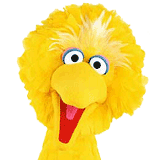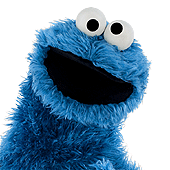Well, keep in mind, when the laugh track was starting to become industry standard in the late 50s, writers and producers weren't really conscious of timing scripts and filming to allow room for laughter without overlapping/interrupting dialogue (and admittedly, that's one of the reasons Jay Ward and Bill Scott fought, and eventually won, against ABC for having a laugh track on Rocky and Bullwinkle, because with that show's rapid-fire pace and quick wit, pausing for laughter bogged it down) - this improved through the sixties, so writers began to realize that scripts had to be timed to allow for laughter.
Now in cases of today's single-camera sitcoms, I suppose in some cases, if they know there won't be a laugh track, timing isn't that much of a concern. That, and it's not entirely uncommon for single-camera sitcoms to bring an additional second or third camera to aid filming a scene. Take, for example, this scene from an episode of BEWITCHED, from 14:20 to 19:05; BEWITCHED was single camera, but this scene is obviously done with at least three.
Now in cases of today's single-camera sitcoms, I suppose in some cases, if they know there won't be a laugh track, timing isn't that much of a concern. That, and it's not entirely uncommon for single-camera sitcoms to bring an additional second or third camera to aid filming a scene. Take, for example, this scene from an episode of BEWITCHED, from 14:20 to 19:05; BEWITCHED was single camera, but this scene is obviously done with at least three.

 Welcome to the Muppet Central Forum!
Welcome to the Muppet Central Forum!.jpg) Christmas Music
Christmas Music Macy's Thanksgiving Parade
Macy's Thanksgiving Parade Sesame Street debuts on Netflix
Sesame Street debuts on Netflix Back to the Rock Season 2
Back to the Rock Season 2 Sam and Friends Book
Sam and Friends Book Jim Henson Idea Man
Jim Henson Idea Man Bear arrives on Disney+
Bear arrives on Disney+